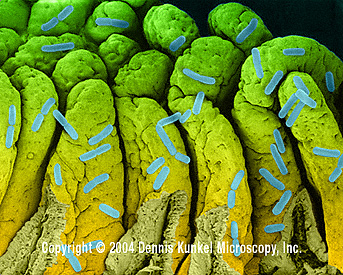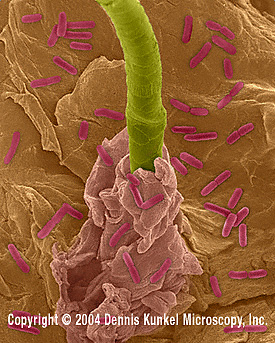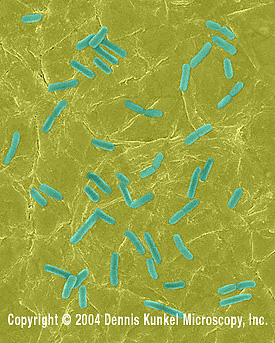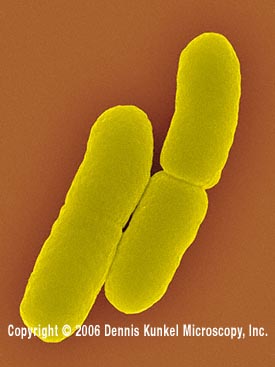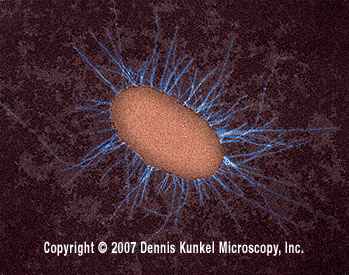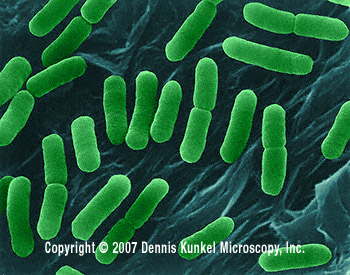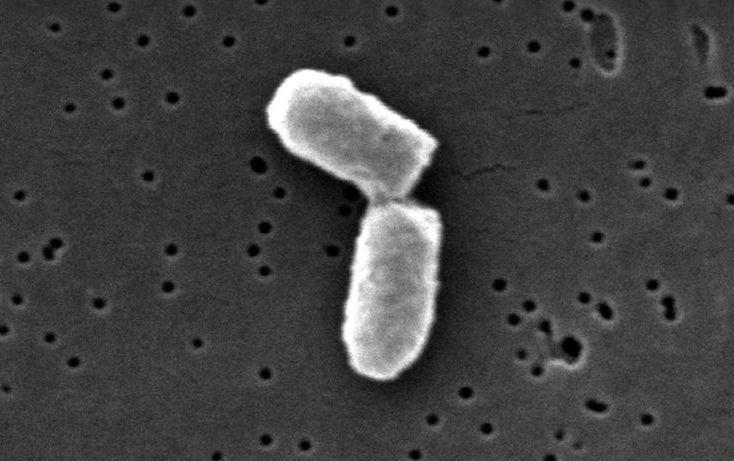Nutrition
How does E. coli get its food?
 |
 |
 |
Escherichia coli is a heterotrophic organism, meaning that it obtains its food from a different source. This source is most often its host organism. And from their host, they obtain Carbon via biosynthesis of organic molecules that were ingested by their host. Carbon is very important to E. coli because the bacterial cell is composed almost ENTIRELY of carbon molecules bound to other important elements (CHNOPS, anyone?)
E. coli's main source of carbon comes from glucose molecules ingested by its host organism. This is then broken down into useable carbon by means of central metabolism, which consists of three steps:
1.
Embden-Meyerhof-Parnas
(EMP)
Pathway:
converts glucose to pyruvate
2. Tricarboxylic Acid
(TCA) cycle: oxidizes
Acetyl CoA to CO2
3. Pentose Phosphate
Cycle (PPP): oxidizes
glucose to CO2
Copyright-free image retrieved from BioMed Central (View Permission Here)
E. coli can also utilize the carbon from gluconate, and this is metabolized through the use of enzymes from the Entner-Doudoroff pathway (E. coli therefore doesn't directly use this pathway). The Entner-Doudoroff is similar to the EMP pathway in that gluconate is converted into pyruvate, but what is different is that the pyruvate is converted to CO2 and acetaldehyde. Then the acetaldehyde is further changed to ethanol.
E. coli can also convert the pyruvate that it generates through the EMP pathway into ATP through fermentation (which is easy to understand since E. coli is a facultatively anaerobic organism). High ATP production is essential for ensuring that the organism will have sufficient energy to allow metabolism to occur.
*CHNOPS stands for Carbon, Hydrogen, Nitrogen, Oxygen, Phosphorus, and Sulfur
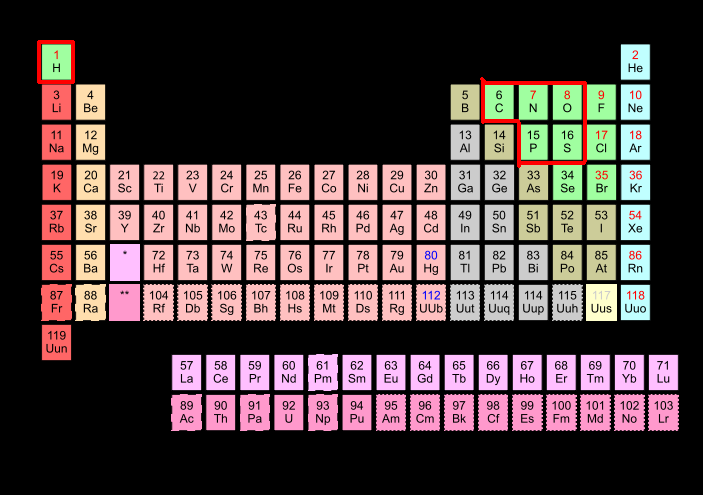 Photo
from a Public Doman, retrieved from
Wikimedia
Commons
Photo
from a Public Doman, retrieved from
Wikimedia
Commons
Back to Organismal Biology Websites
Questions or Comments: Contact Justine Moder
ŠApril 2008

